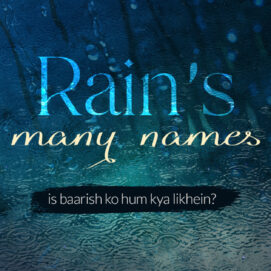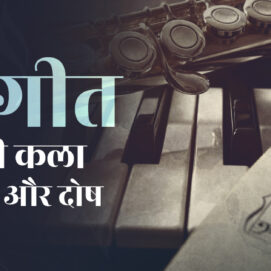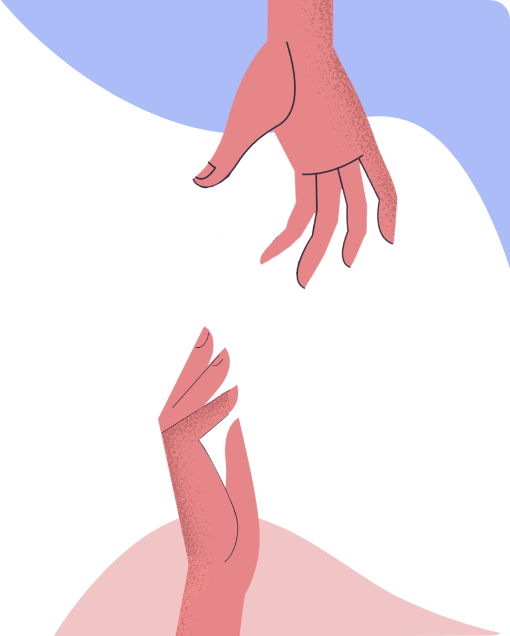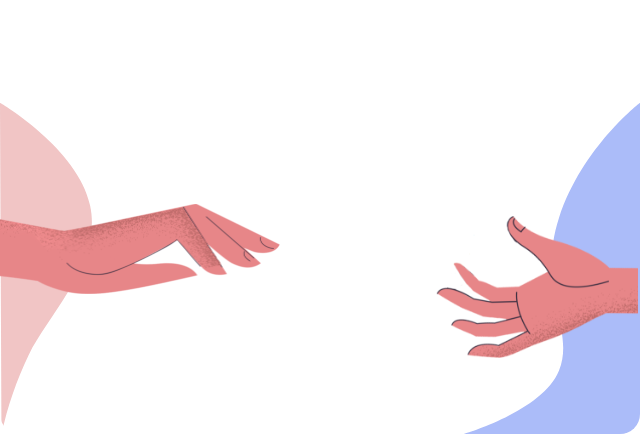Top searched
Saved words
khisyaanii billii khambaa noche
an embarrassed or ashamed person tends to vent his/her feeling by quarrelling
be-niyaaz
without want, free from want, wanting nothing, not in need, able to dispense, independent, carefree
Words at the hems of history
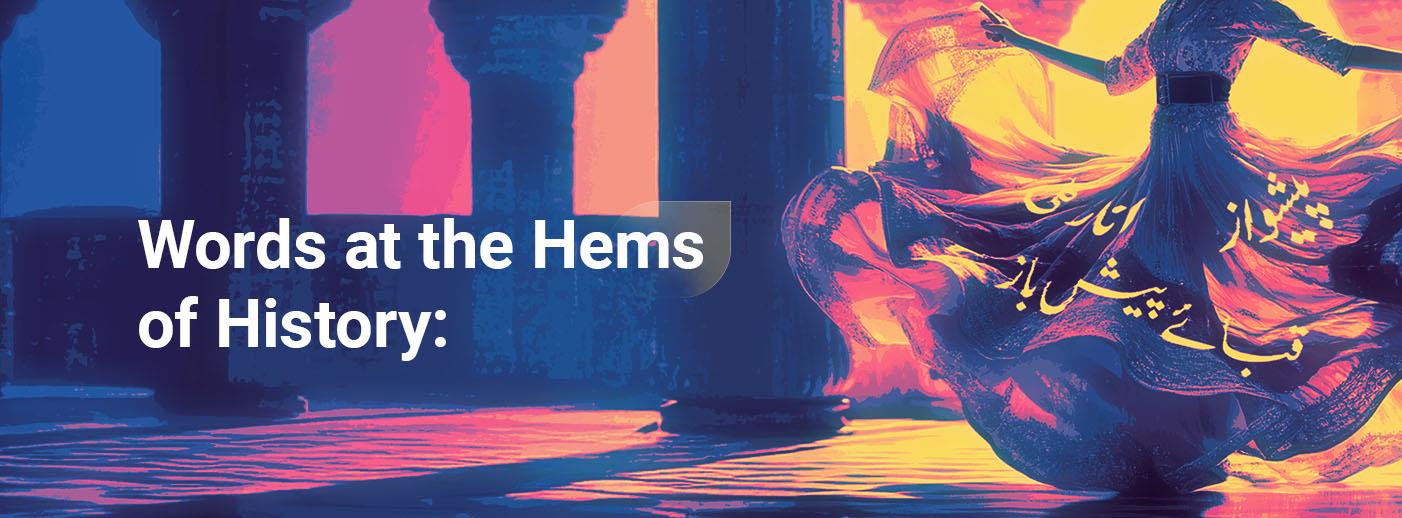
An example of how words evolve over time is your familiar attire, 'Pishvaaz,' پشواز which is now making waves in the world of fashion. If we trace the history of this word, we get a glimpse of the changing forms of language and culture. Pishvaaz is a flared, long garment commonly worn in Kathak dance and, by women during the Mughal era. These days, fashion designers are creating new outfits based on this very style. Over time, 'Pishvaaz' also came to be called 'Peshwas,' and nowadays, this type of outfit is also referred to as 'Anarkali.
The first recorded reference to this garment can be found in آئینِ اکبری the Aain-e-Akbari, a noted record of the life and reign of Emperor Akbar
The word 'Pishvaaz' is an altered form of the Persian word 'Pesh Baaz.' 'Pesh' means ahead or in front, and 'Baaz' means open. The 'Qabaa-e-Pesh Baaz' قبائے پیش باز was a loose garment reaching down to the ankles, open at the front, commonly worn by dervishes, a dervishes are part of the Sufi ( Muslim mystic ) fraternity who renounces the material world and depends on alms for sustenance a member.
In miniature paintings from the Mughal era, women are often depicted wearing the Pishvaaz. And how could it not find mention in Urdu poetry?
tirii baadle kii ye o.Dhnii are barq kau.nde nazar me.n tab
kare ye ghaTaa jo muqaabla kisii peshvaaz ke gher se
Insha Allah Khan Insha
That veil of your badla—oh, like a flash of lightning in sight,
Let this dark cloud compete with the flare of a Pishvaaz
Badla is a type of embroidery where small flowers are made on fabric using shiny metal threads. It is also known as Kamdaani
Delete 44 saved words?
Do you really want to delete these records? This process cannot be undone
